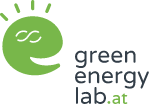Heatwave: Research for liveable cities
The European continent is warming rapidly. People in urban areas are particularly affected by heat. The Federal Ministry for Innovation, Mobility and Infrastructure is therefore specifically promoting research into climate change adaptation in cities.

© Green Energy Lab
13 August 2025 – Heat and drought are not just a problem for distant countries; the effects of climate change are now clearly noticeable in the heart of Europe. Our continent is warming much faster than the planet as a whole: according to the European Environment Agency, temperatures between 2015 and 2024 were on average 1.24 to 1.28 degrees above pre-industrial levels. This makes it the warmest decade since records began. In Europe, the average temperature has risen by as much as 2.19 to 2.26 degrees, which is almost one degree more than the global average.
This rapid warming is also having a significant impact on humans. In the record-breaking summer of 2022 alone, more than 60,000 deaths across Europe were attributed to high temperatures. City dwellers are particularly affected by heat waves: high building density, comparatively fewer green spaces and materials that heat up quickly, such as asphalt or concrete, cause temperatures to skyrocket. Researchers are continuing to do everything they can to find solutions for reducing greenhouse gases and mitigating climate change. On the other hand, it is becoming increasingly clear that global warming is a reality that we must somehow come to terms with and deal with constructively. The Federal Ministry of Innovation, Mobility and Infrastructure therefore specifically supports research into methods and strategies for climate change adaptation in cities, so that they remain livable places for their residents not only today, but also in the future.
Identifying and visualising urban heat islands
In urban areas, heat islands, i.e. areas within the city that are extremely hot, form due to the heat. For people, it is not only the actual air temperature that plays a role, but above all the perceived temperature. This is additionally influenced by various factors, such as the heat radiation from the road surface or the wind speed.
A new innovative method for three-dimensional determination of urban heat islands and urban microclimate, which is of particular importance in this context, is “Smart City Sensing” from AEE INTEC. Its aim is to identify and visualise urban heat islands. Drones equipped with special cameras and sensors are used to collect the data necessary for analysing the urban microclimate. This allows both the air temperature and the heat radiation from various surfaces, such as facades and roads, to be precisely determined. A specially developed calculation algorithm combines the measurement data with the images from the thermal imaging camera to create a digital 3D model. The actual and perceived temperatures are displayed in colour using the UTCI (universal thermal climate) index. This allows heat zones and their causes to be clearly identified. This method not only allows the current situation to be analysed, but also enables measures such as redesigns, tree planting or façade greening and their effects on local temperatures to be precisely quantified. This is a valuable aid for municipalities and urban planners in their efforts to combat heat islands in a targeted manner. The process developed in the research project is now offered as an innovative service by AEE INTEC, HTflux and Skyability. “Smart City Sensing” was promoted in the “Guandong Call 2017” and carried out in cooperation with the South China University of Technology (Guangdong, China).
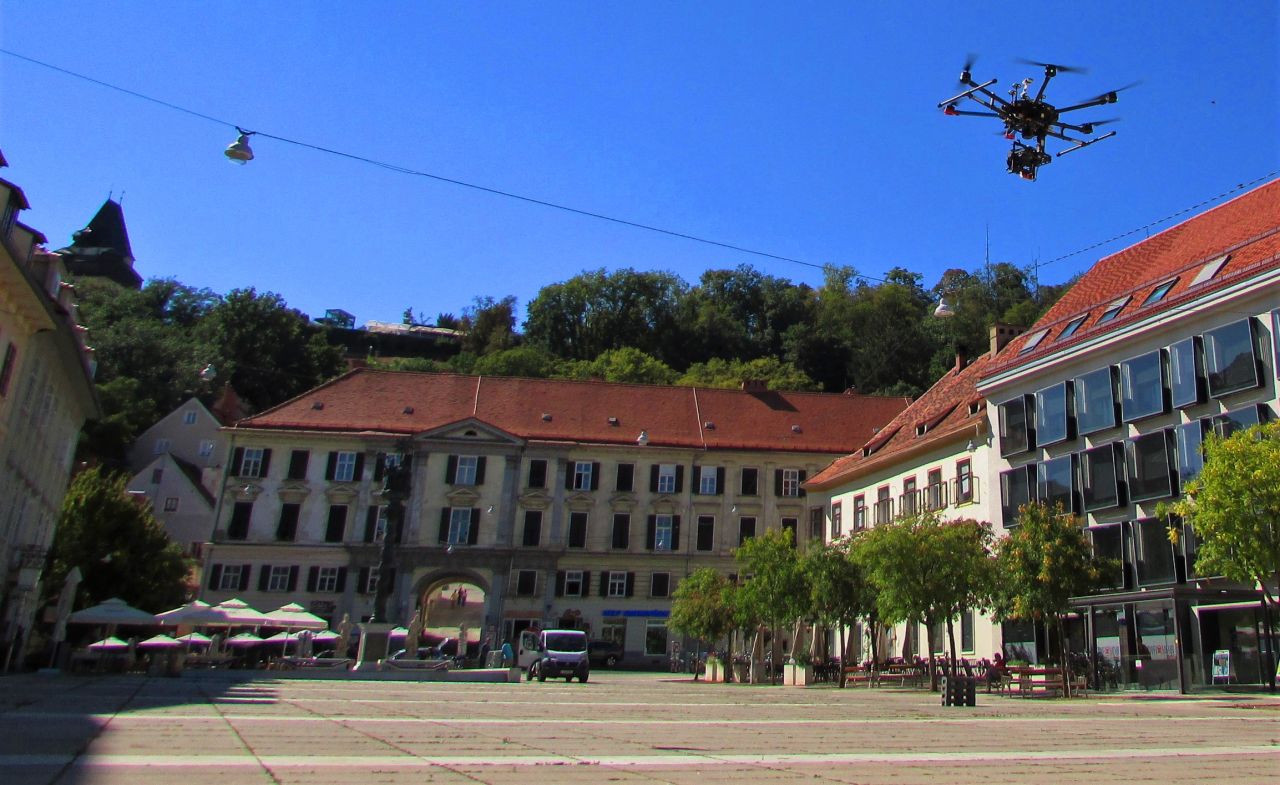
Figure 1: Bei “Smart City Sensing” uses drones to record the urban microclimate © AEE INTEC / Tobias Weiß, Daniel Rüdisser

Figure 2: Drone flights with comprehensive sensor technology © AEE INTEC / Tobias Weiß, Daniel Rüdisser
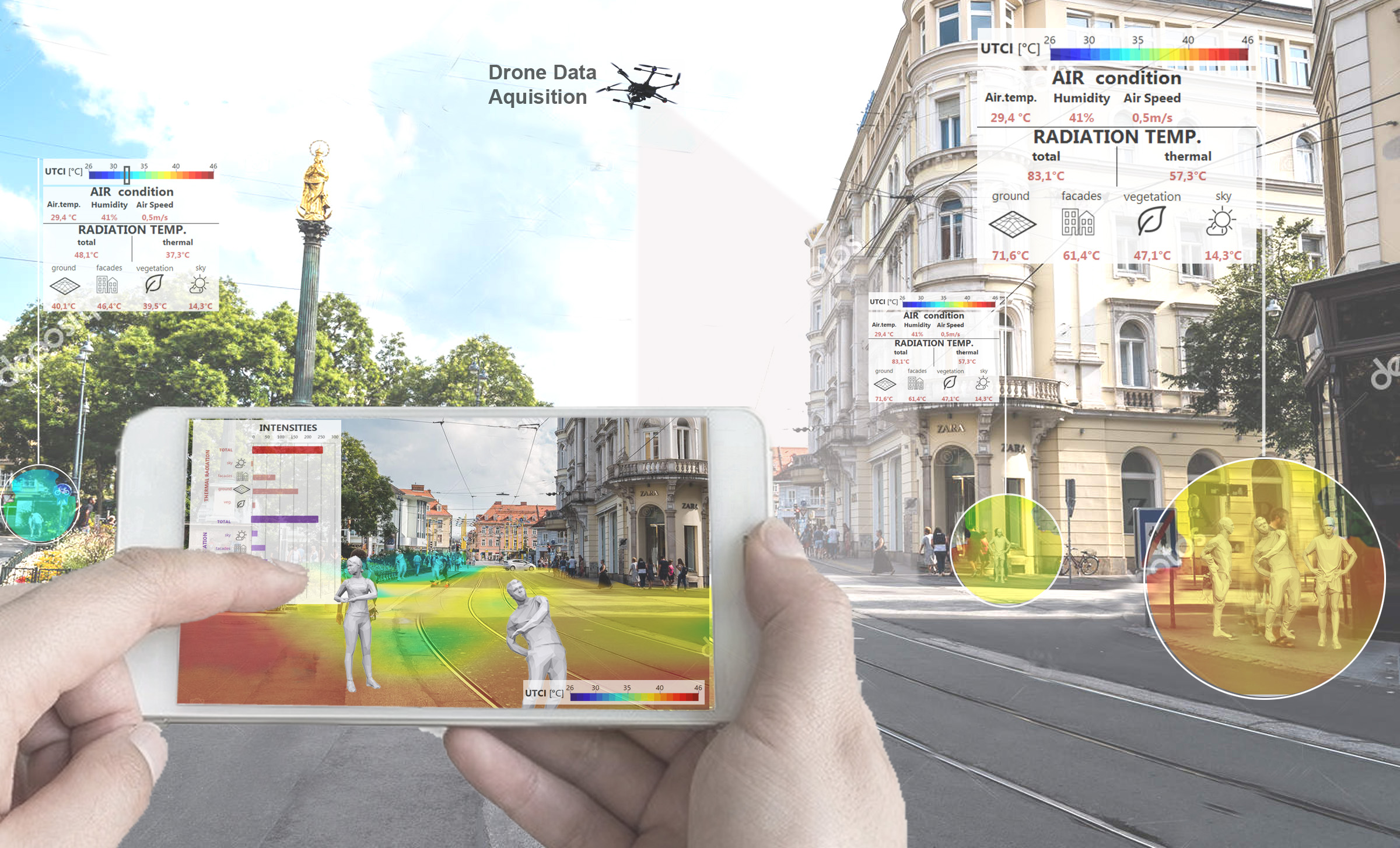
Figure 3: In addition to the measured air temperature, Smart City Sensing also takes into account the radiation from sealed surfaces such as road surfaces and facades to determine the perceived temperature © AEE INTEC / Tobias Weiß, Daniel Rüdisser
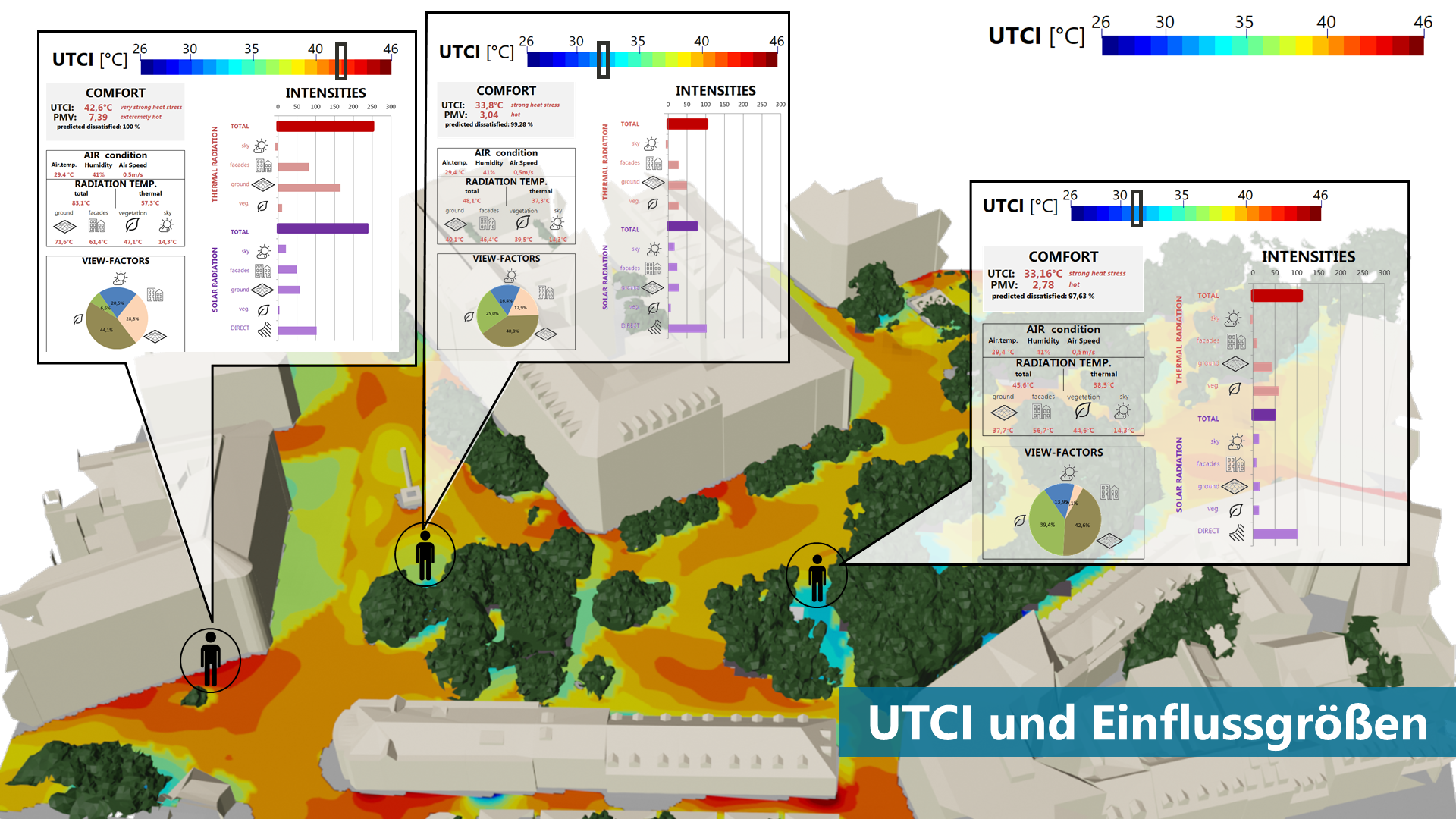
Figure 4: 3D model of the urban microclimate and its effects on people © AEE INTEC / Tobias Weiß, Daniel Rüdisser

Figure 5: Colour visualisation of different temperature zones © AEE INTEC / Tobias Weiß, Daniel Rüdisser
Smart City Sensing builds on the previous research project “HOTSPOTS”, which analysed the thermal energy losses of entire neighbourhoods. To do this, the scientists first used hot-air balloons equipped with special cameras. This method was first tested in Gleisdorf in Styria. The images enabled poorly insulated buildings and neighbourhoods in need of urgent action to be identified. As technology advanced, the hot-air balloons were eventually replaced by drones. This made it possible to fly close to the ground between buildings to capture entire cities in just a few hours. The project was carried out by Siemens Corporate Technology, the Austrian Institute of Technology (AIT) and AEE INTEC and was funded as part of the “Stadt der Zukunft” programme.
Space technology shows urban development
In addition to images captured by drones and hot-air balloons, satellite data is also used for analysis. The “VASE” project is creating a high-resolution map of evapotranspiration – the total amount of evaporation from surfaces and plants – for Vienna and the surrounding urban area using satellite data and other geographical data. This map serves to provide information about green spaces with high evaporation rates and to gain a better understanding of the spatial distribution of evaporation rates in urban areas – a key factor for urban cooling and climate adaptation. This makes it easy to locate cool places in the city. The “VASE” project was funded by the National Space Programme and carried out by Digital Innovation Hub INNOVATE, GRÜNSTATTGRAU and SISTEMA.
Satellite data can be traced back up to twenty years, making it easy to track the development of heat islands and adaptation measures. The European Space Agency has integrated a tool called the Green Transition Information Factory (GTIF) on its website (https://gtif.esa.int/). Austria played a central role in the design, development and demonstration of GTIF – the first pilot project of this innovative cloud-based tool to support green transformation with Earth observation data. This allows interested citizens to see for themselves the development of green roofs in Austria, among other things.
Green facades for cooling urban living spaces
Following the identification of heat islands, scientists also have the task of researching measures to combat these negative effects and developing scalable solutions in collaboration with solution providers and the real estate industry. One approach is to green roofs and facades. In the “ESSBAR” project, for example, a balcony system with rainwater utilisation and integrated drainage was developed for the retroactive greening of existing buildings. This innovative renovation solution for the creation of urgently needed outdoor spaces with high thermal comfort was first demonstrated on a multi-storey residential building with 34 rental apartments at Karmarschgasse 59-63 in 1100 Vienna. The prefabricated balconies contain vertical cultivation systems for edible plants and can be mounted on the façade and connected to the rainwater system in a very short time. Vegetables, herbs and salads can be grown in the vertical beds all year round. The accompanying simulation at the demo property showed that the greening improves on the status quo in 8 out of 12 indicators used to describe microclimatic effects. In addition, the rainwater management system, equipped with a 15,000-litre tank, saves drinking water and relieves the sewer system during heavy rainfall.
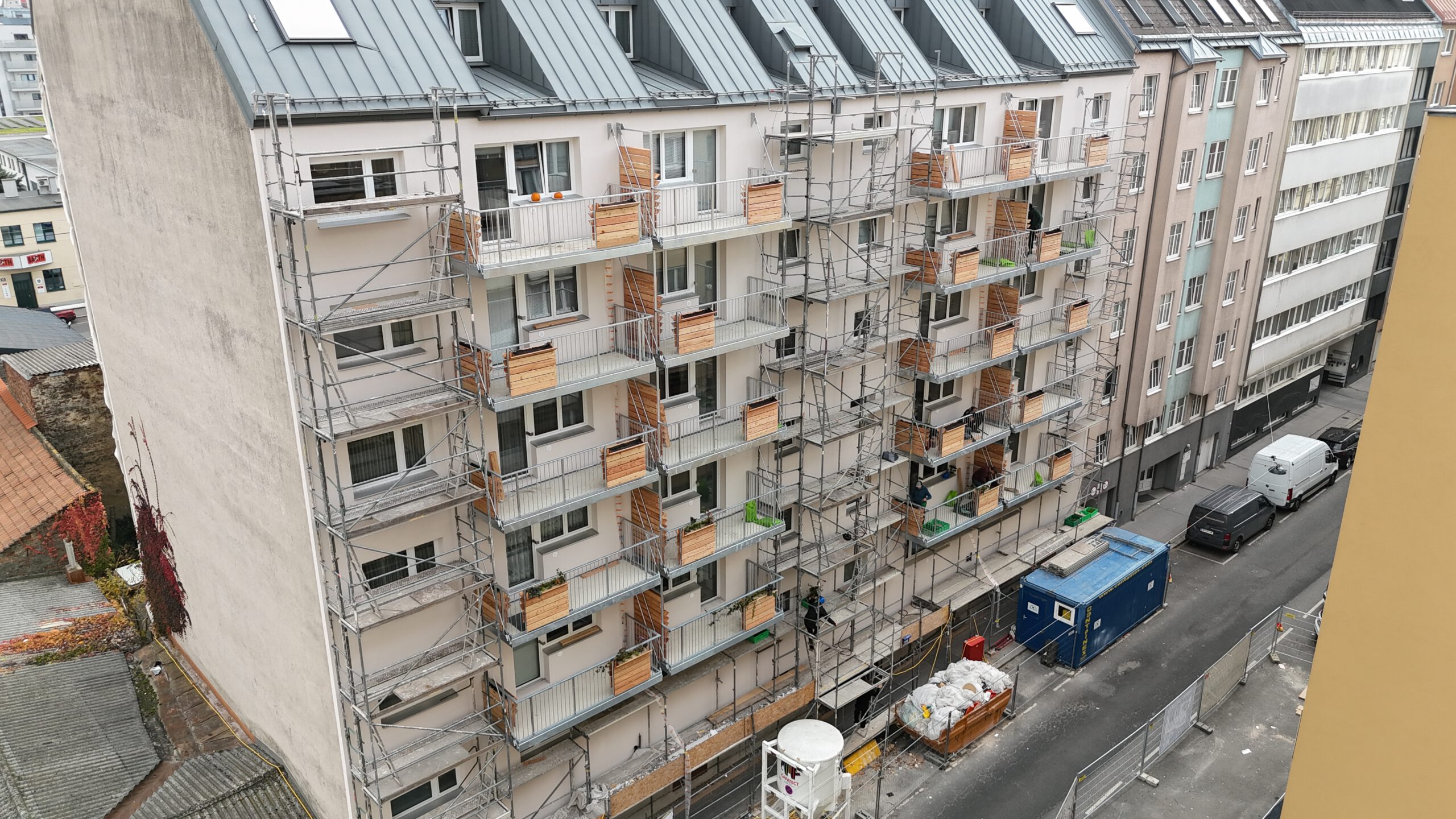
Figure 6: Balcony scaffolding for preparing the façade greening © Rhomberg Bau Wien GmbH
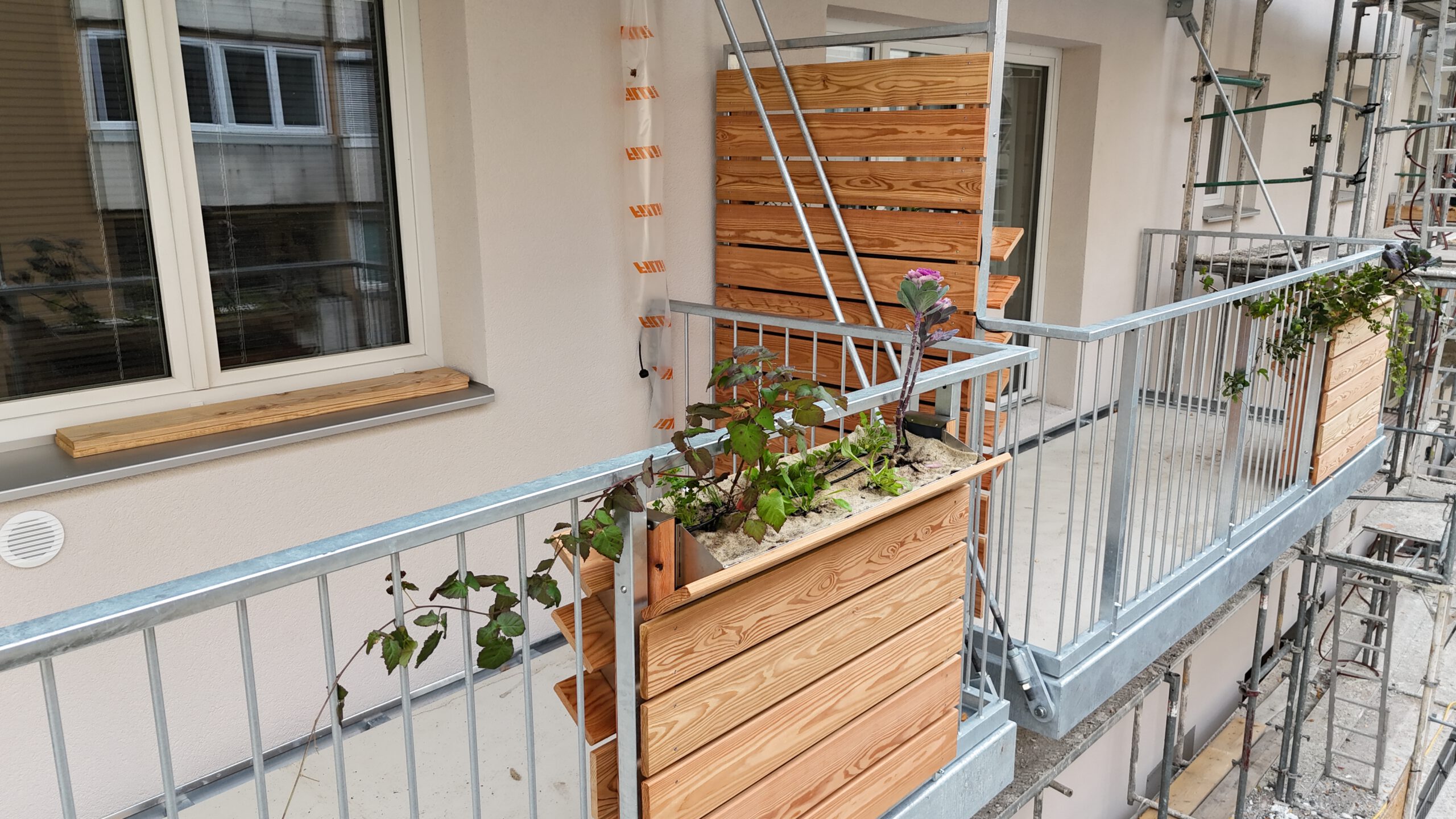
Figure 7: ESSBAR Balconies with vertical mounting systems © Rhomberg Bau Wien GmbH
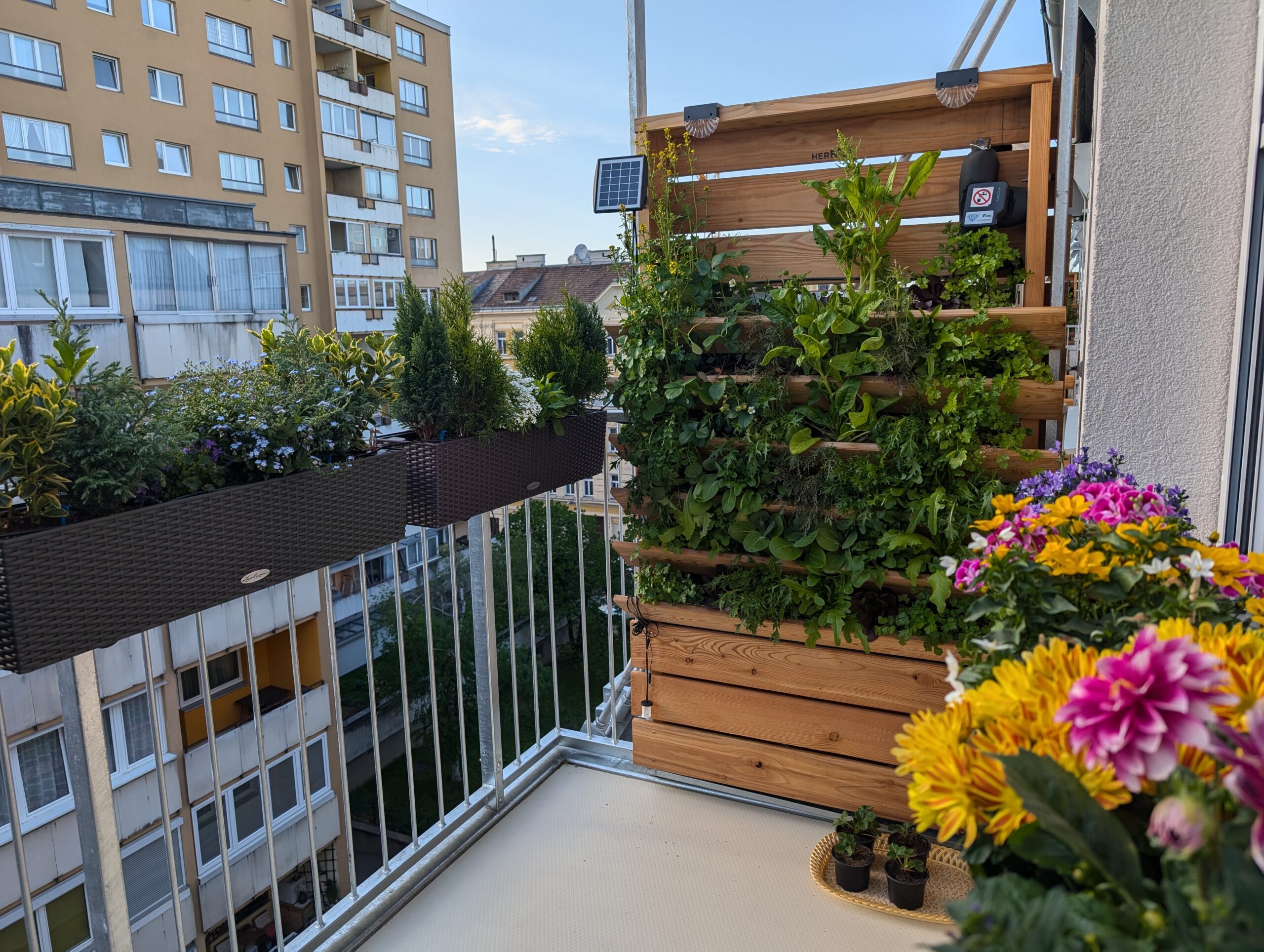
Figure 8: ESSBAR Balcony system with rainwater harvesting and integrated drainage © Rhomberg Bau Wien GmbH
A renovated building from the Gründerzeit period in Kauergasse in Vienna has also been successfully greened. What makes this project special is that, as a result of the “QUEEN GUDRUN” project, grey water is used to irrigate the greenery. The term “grey water” refers to faecal-free, slightly polluted wastewater from washing machines or showers. In a special greywater system, the wastewater is treated for irrigation and toilet flushing. In the process, residual heat from the wastewater is also recovered and used for heating. This not only enables environmentally friendly irrigation, but also saves energy for heat supply.
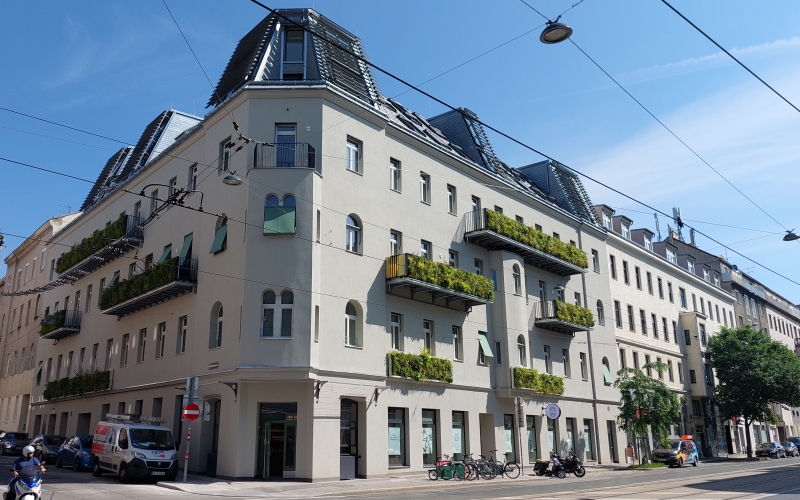
Figure 9: Retrofitted green roof on a Wilhelminian-style building in Kauergasse, Vienna (“Queen Gudrun” project) © Schöberl & Pöll GmbH
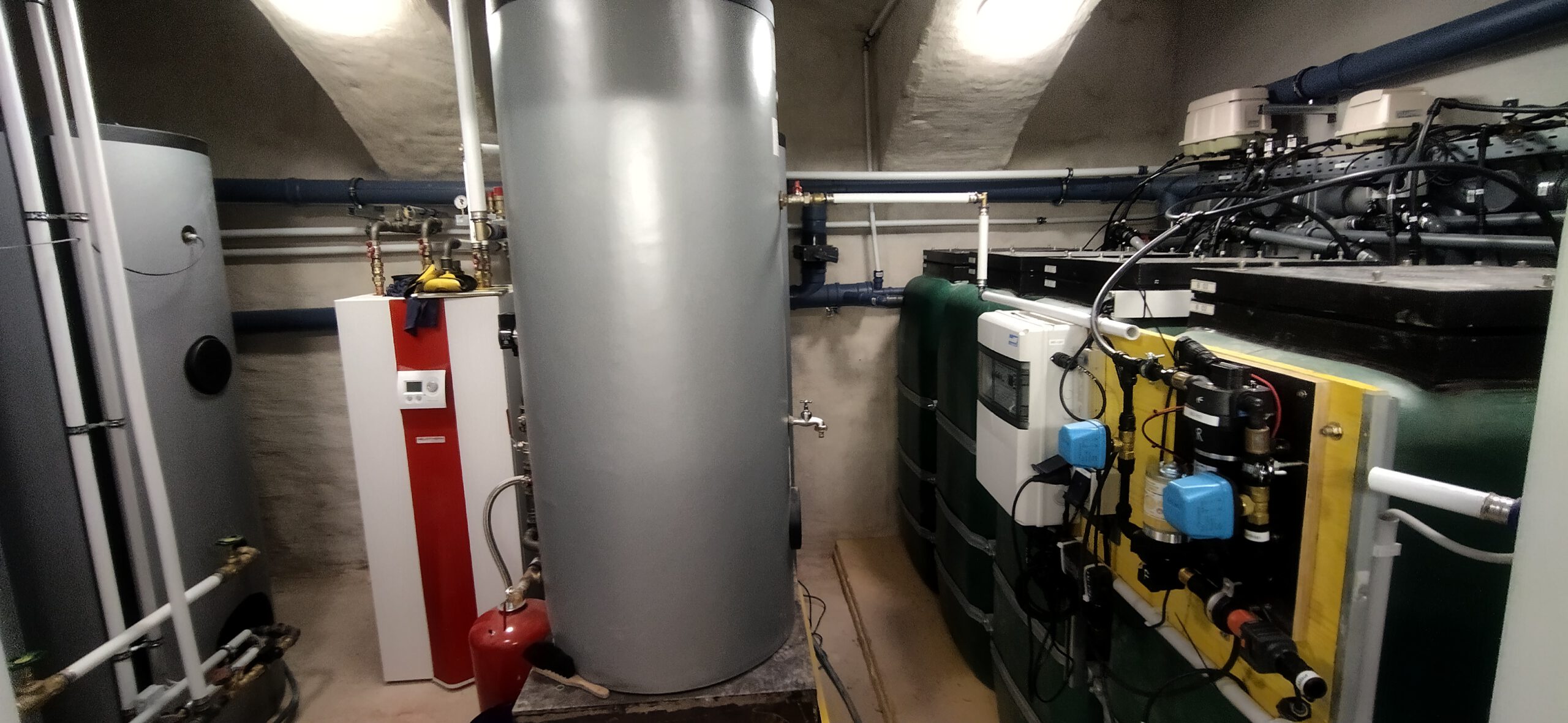
Figure 10: Greywater system in Kauergasse for watering greenery © Strebelwerk GmbH
Just a few kilometres away, in Rosaliagasse, the “Meidlinger L” project is to be implemented. This project will consider the private building and the surrounding public space together. With the help of newly developed, modular balcony shelves, the project will demonstrate how existing buildings can be greened quickly, easily and cost-effectively, even retrospectively. The method developed is intended to be easily transferable and can therefore also be applied in other parts of Vienna and other cities.
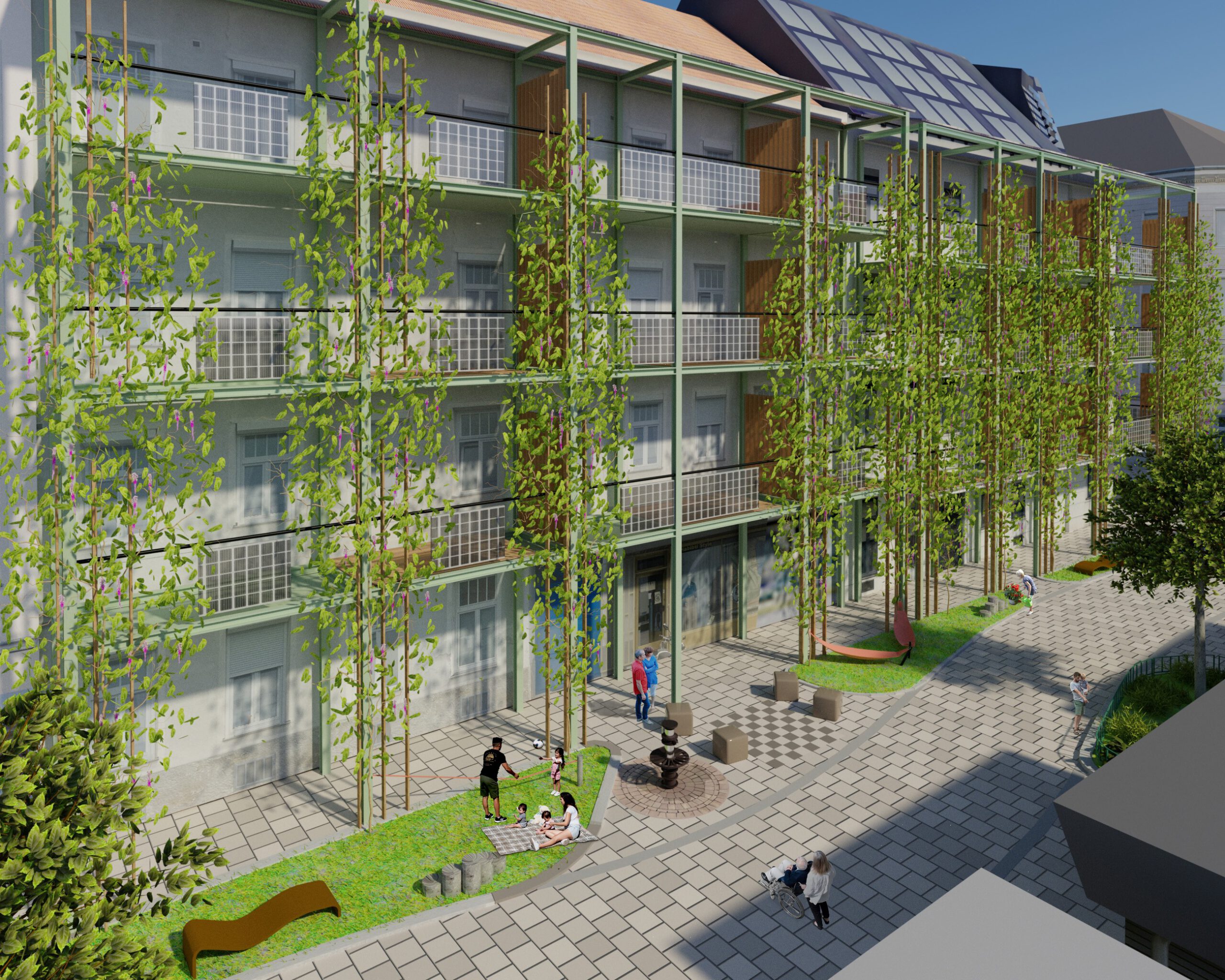
Figure 11: Green balcony shelves on Rosaliagasse in Vienna (“Meidlinger L” project) © EIGENSINN by Sigrid Mayer_RATAPLAN
Glass façades as a special case
Glass façades are frequently used, particularly in office buildings and shops. When exposed to direct sunlight, these buildings heat up significantly inside and must therefore be cooled with air conditioning systems. However, the waste heat from these air conditioning systems increases the ambient temperature outside the building.
In the GLASGrün project, special solutions for vertical greening of buildings with glass facades were developed in collaboration with the supermarket chain MPreis in Tyrol and Obkircher Technisches Büro. These variants are designed to be modular and transferable. The upstream greening shades the glass surfaces from the outside, reducing the need for cooling inside. This reduced direct sunlight on the glass facades by up to 90 percent and energy input into the building interior by up to 54 percent (simulation of daily input). Systematic surveys showed that the well-being of building users was significantly improved. Passers-by who were surveyed also responded positively to the greenery, rating it as aesthetic and enriching.
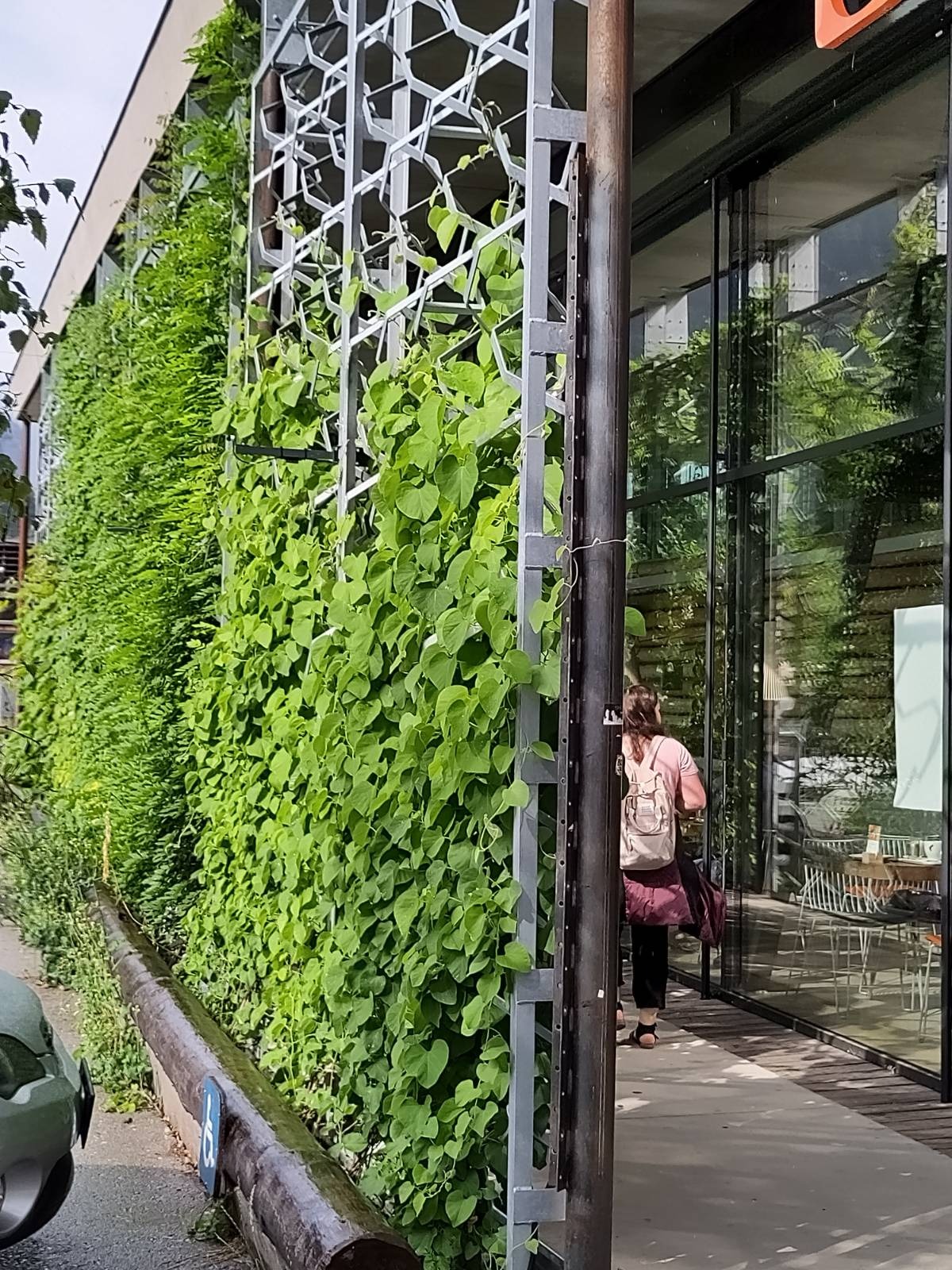
Figure 12: Greening of a supermarket branch in Tyrol (GLASGrün project) © RATAPLAN – Architektur ZT GmbH

Figure 13: Demonstration site from the GLASGrün project in Vienna © Katharina Mauss, GRÜNSTATTGRAU
The sponge city principle
Trees make a valuable contribution to combating heat islands. Not only do they provide shade, they also cool the surrounding area through evaporation. However, trees in cities often have too little soil space for their roots, which they need to absorb and store water. One possible remedy is the sponge city principle: this involves collecting and storing rainwater beneath sealed surfaces such as roads or pavements. As with a sponge, absorbent materials are used in the subsoil. The water is not immediately fed into the sewer system, but is absorbed, similar to a sponge. The sponge city thus relieves the sewer system during heavy rainfall and at the same time serves as a reservoir for urban trees that root below the surface. The concept was further developed in the “Schwamm-findet-Stadt” project, among others, and successfully implemented in the Leonhardgürtel in Graz as part of the “MUFUWU Stadtbaum” project.
GRÜNSTATTGRAU as an innovation laboratory for climate change adaptation
Well over half of the population now lives in urban areas. Research and development into climate change adaptation and reducing heat islands helps make cities more liveable, which is a long-term win for everyone who lives there. In order to bring together the various initiatives in the field of green building and climate change adaptation, a dedicated innovation laboratory has been created: GRÜNSTATTGRAU is the umbrella organisation for more than 500 relevant projects, which are funded by the Federal Ministry for Innovation, Mobility and Infrastructure and the Climate and Energy Fund, among others.
As a comprehensive centre of expertise for green building, GRÜNSTATTGRAU develops and coordinates innovations for the green, smart city of the future and brings together partners from business, science and administration. This enables the transformation of climate change adaptation with innovative concepts, technologies and solutions. The project is sponsored by the Association for Green Roofs, which has been in existence since 1991 and brings together all companies and institutions involved in greening buildings.
Further links
- GRÜNSTATTGRAU Website
- Smart City Sensing: project description
- HOTSPOTS: project description
- VASE: project description
- ESSBAR: project description
- Kauergasse: Innovative renovation: Gründerzeit-style house uses grey water (german only)
- Kauergasse: More than just a green façade – Gründerzeit building uses grey water (press statement 27.05.2024, german only)
- Queen Gudrun II: project description
- Meidlinger L: project description
- Meidlinger L Demo: project description
- GLASGrün: project description
- Schwamm-findet-Stadt: project description (german only)
- MUFUWU Stadtbaum: project description
Contact
Ludwig Fliesser
Communications Manager
T: +43 676 471 93 47
E: ludwig.fliesser@greenenergylab.at
